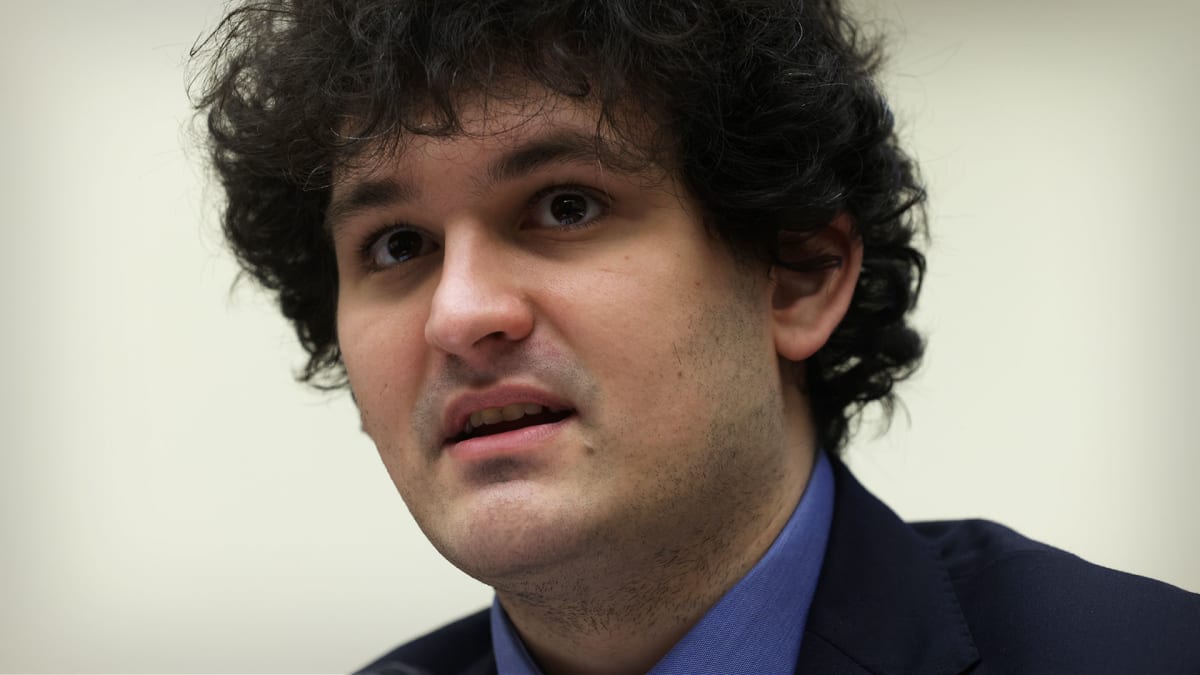
The news will cause unprecedented anger among customers of FTX, which filed for Chapter 11 bankruptcy on Nov. 11.
The cryptocurrency exchange, which was still valued at $32 billion in February, imploded overnight.
This debacle is spreading to other cryptocurrency exchanges. Regulators have opened investigations. FTX clients and investors began to establish their losses. It is not certain that they will recover their money.
To help them understand what happened, John Ray, the liquidator of energy broker Enron, has just painted a picture of founder Sam Bankman-Fried's empire and how it worked. This description is an indictment of the Bankman-Fried years and his two associates Zixiao "Gary" Wang and Nishad Singh.
'Personal Items'
Ray, the new FTX CEO, chief restructuring officer and a veteran of restructurings, believes they have failed on many levels. For example, he has just revealed that company funds were used by employees and advisers to buy houses in the Bahamas in their own name.
In other words, it is almost impossible to claim these homes back because they are not in the name of the company. Ray also indicates that there is no record of these transactions.
"In the Bahamas, I understand that corporate funds of the FTX group were used to purchase homes and other personal items for employees and advisors," Ray wrote in a 30-page document filed with the United States Bankruptcy Court for the District of Delaware.
"I understand that there does not appear to be documentation for certain of these transactions as loans, and that certain real estate was recorded in the personal name of these employees and advisors on the records of the Bahamas," he added.
Ray also said that FTX did not keep "appropriate" books and records, or security controls, with respect to its digital assets.
He further indicated that to be reimbursed for professional expenses, employees only had to submit the request by chat and a supervisor would immediately approve with a personalized emoji.
"The debtors did not have the type of disbursement controls that I believe are appropriate for a business enterprise," the new CEO wrote. "For example, employees of the FTX Group submitted payment requests through an on-line 'chat' platform where a disparate group of supervisors approved disbursements by responding with personalized emojis."
Impossible to Locate Some Employees
Finally, Ray says he still hasn't been able to locate some of the alleged employees, suggesting some either fled or don't exist.
"At this time, the debtors have been unable to prepare a complete list of who worked for the FTX Group," he said. "Repeated attempts to locate certain presumed employees to confirm their status have been unsuccessful to date."
As a crypto exchange, FTX executed orders for their clients, taking their cash and buying cryptocurrencies on their behalf. FTX acted as a custodian, holding the clients’ crypto currencies.
FTX then used its clients’ crypto assets, through its sister company’s Alameda Research trading arm, to generate cash through borrowing or market making. The cash FTX borrowed was used to bail out other crypto institutions in the summer of 2022.
At the same time, FTX was using the cryptocurrency it was issuing, FTT, as collateral on its balance sheet. This represented a significant exposure, due to the concentration risk and the volatility of FTT.
FTX's financials showed that there was a "back door" in the books, created with "bespoke software," according to Reuters. It was described as a way that Bankman-Fried could alter the firm's financial records without raising any alerts.
But Bankman-Fried denied the existence of a "back door."







